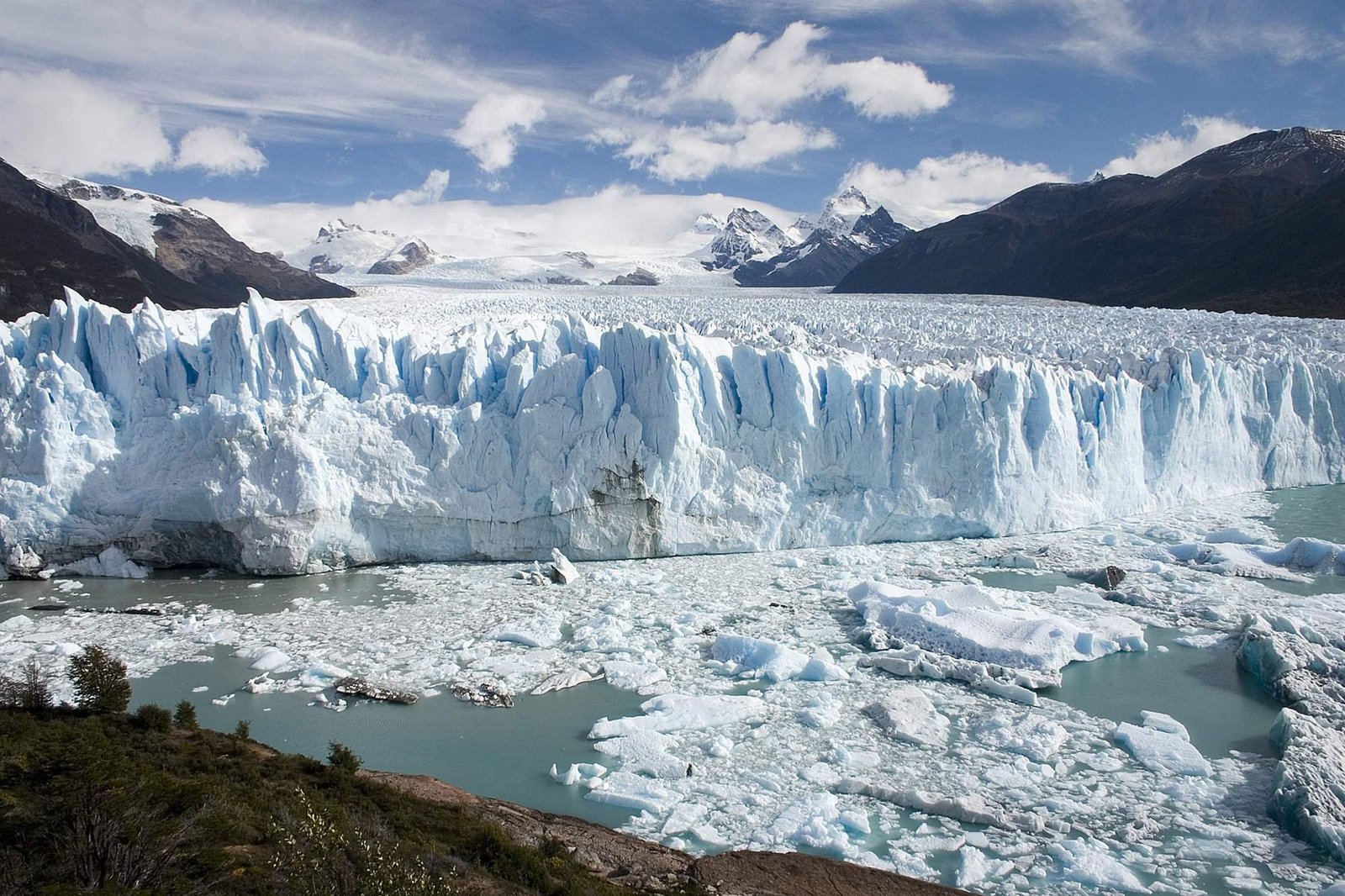Glacier National Park, a crown jewel of the American national park system, is situated in northwestern Montana. The park spans across two counties: Flathead County and Glacier County. This unique geographical positioning contributes to the park’s diverse landscapes and ecosystems. Understanding the county location of Glacier National Park is crucial for visitors planning their trip, as it affects access points, nearby amenities, and local regulations.
Where Exactly is Glacier National Park Located?

Glacier National Park straddles two counties in Montana:
- Flathead County: This county encompasses the western portion of the park.
- Includes the west entrance
- Home to popular areas like West Glacier and Lake McDonald
-
Borders the Flathead Valley and north fork of the Flathead River
-
Glacier County: This county covers the eastern section of the park.
- Contains eastern entrances like St. Mary and Many Glacier
- Includes parts of the Blackfeet Indian Reservation
- Features the Continental Divide and sections of Lewis and Clark National Forest
How Does the County Location Affect Park Management?

The National Park Service (NPS) manages Glacier National Park, with its headquarters in West Glacier, Montana. Despite spanning two counties, the park’s management is unified under federal jurisdiction. However, the county location impacts several aspects:
- Local partnerships and community engagement
- Emergency services coordination
- Access to different parts of the park
- Economic impact on surrounding communities
What Are the Key Features of Each County Within the Park?
Flathead County Portion:
- West Glacier entrance
- Apgar Village
- Lake McDonald
- Going-to-the-Sun Road (western section)
- North Fork area
Glacier County Portion:
- St. Mary entrance
- Many Glacier area
- Two Medicine area
- Going-to-the-Sun Road (eastern section)
- Blackfeet Indian Reservation border
How Does the County Location Impact Visitor Experience?
The county location of Glacier National Park influences various aspects of the visitor experience:
- Access Points:
- Flathead County: West entrance, easier access from Kalispell and Whitefish
-
Glacier County: East entrances, closer to Great Falls and Canadian border
-
Nearby Amenities:
- Flathead County: More developed tourism infrastructure
-
Glacier County: More rural, with unique cultural experiences near the Blackfeet Reservation
-
Landscape Diversity:
- Flathead County: Dense forests, glacial lakes
-
Glacier County: Prairie meets mountains, stark eastern slopes
-
Weather Patterns:
- Flathead County: Milder, more precipitation
- Glacier County: Drier, windier conditions
What Should Visitors Know About the Park’s County Location?
- Planning Your Trip:
- Consider which county’s entrance is more convenient for your itinerary
- Research accommodations and services in the respective counties
-
Be aware of potential weather differences between east and west sides
-
Navigation:
- Use county-specific landmarks for directions
-
Understand that cell service may vary between counties
-
Local Regulations:
- Be aware of any county-specific rules or regulations
-
Respect tribal lands bordering the park in Glacier County
-
Emergency Services:
- Know which county you’re in for accurate emergency reporting
- Familiarize yourself with the nearest medical facilities in each county
How Has the Park’s Location in These Counties Shaped Its History?
The location of Glacier National Park across Flathead and Glacier counties has played a significant role in its development:
- Native American Heritage:
- Glacier County: Strong ties to Blackfeet Nation
-
Flathead County: Influence of Salish and Kootenai tribes
-
Early Exploration:
- Different exploration routes through each county
-
Varied settler experiences and economic activities
-
Park Establishment:
- Cooperation required between counties for park creation in 1910
-
Diverse stakeholder interests from both counties
-
Tourism Development:
- Flathead County: Earlier tourism infrastructure due to railroad access
- Glacier County: Later development, more focused on eastern park features
What Are the Economic Impacts on Each County?
The presence of Glacier National Park significantly affects the economies of both Flathead and Glacier counties:
| Economic Factor | Flathead County | Glacier County |
|---|---|---|
| Tourism Revenue | Higher due to more developed infrastructure | Significant, but less than Flathead |
| Employment | More park-related jobs | Fewer, but still substantial |
| Seasonal Fluctuations | Strong summer peak | Extreme summer peak |
| Year-round Economy | More diversified | More dependent on park visitation |
How Do the Counties Collaborate in Park Management?
Despite being in different counties, Glacier National Park benefits from collaborative efforts:
- Inter-county Agreements:
- Shared emergency response protocols
-
Coordinated law enforcement efforts
-
Tourism Promotion:
- Joint marketing initiatives
-
Cross-county visitor information services
-
Conservation Efforts:
- Unified approach to wildlife management
-
Collaborative watershed protection programs
-
Cultural Preservation:
- Partnerships with tribes spanning both counties
- Shared historical interpretation efforts
What Future Challenges Face the Park Due to Its County Location?
As Glacier National Park continues to evolve, its location across two counties presents unique challenges:
- Climate Change Impacts:
- Varying effects on ecosystems in each county
-
Differing adaptation strategies may be needed
-
Visitor Management:
- Balancing tourism pressure between counties
-
Developing sustainable infrastructure across both regions
-
Economic Disparities:
- Addressing potential imbalances in economic benefits
-
Ensuring equitable development in both counties
-
Conservation Efforts:
- Coordinating land use policies across county lines
- Managing wildlife corridors that span both counties
Understanding what county Glacier National Park Montana is located in is more than a geographical fact. It’s a key to appreciating the park’s diverse landscapes, rich cultural heritage, and complex management challenges. Whether you’re planning a visit or simply curious about this natural wonder, knowing its county location provides valuable context for exploring one of America’s most beloved national parks.
References:
1. https://www.glacierparkcollection.com/plan-your-trip/getting-here/
2. https://en.wikipedia.org/wiki/Glacier_National_Park_(U.S.)
3. https://discoverkalispell.com/activities/glacier-national-park/